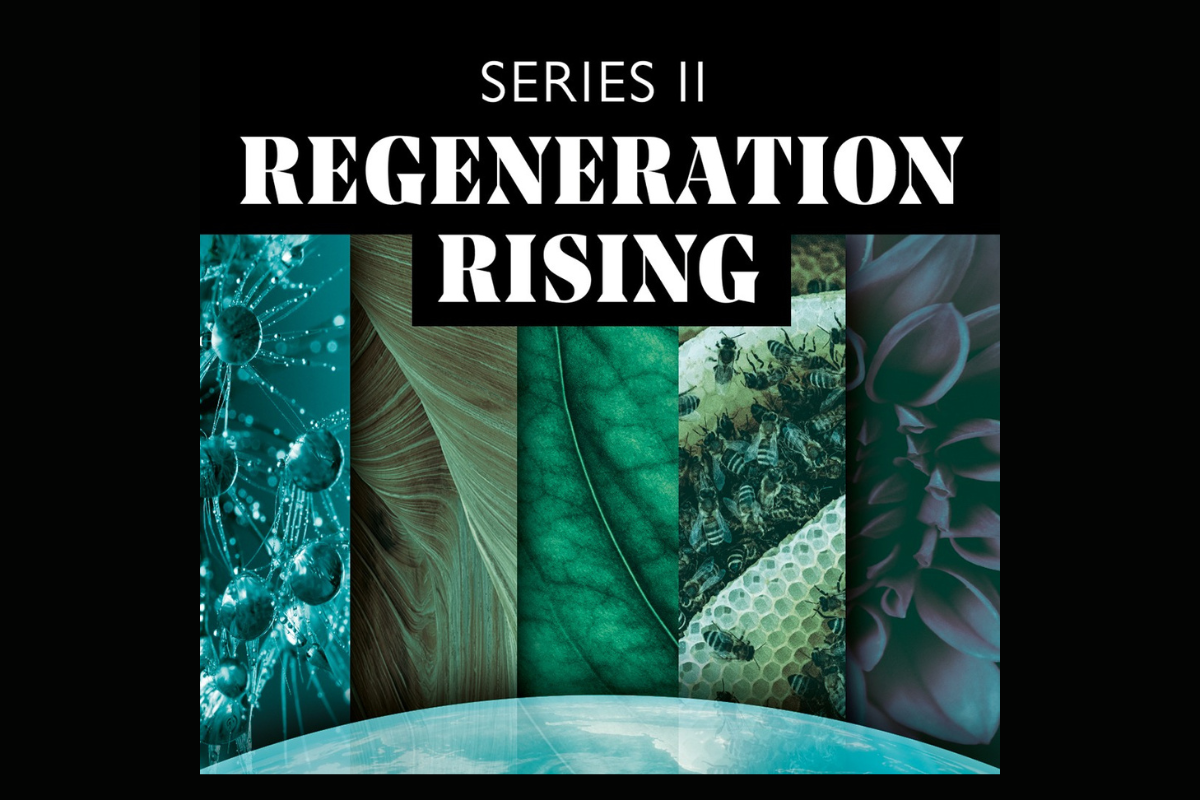
‘Making Embassy with Tyson Yunkaporta’, Regeneration Rising, Season 2 Episode 11
Discover Tyson Yunkaporta’s concept of “making embassy,” which fosters respectful, reciprocal, and meaningful relationships between people, groups, and systems. Rooted in Indigenous cultural practices, it emphasises relationality, shared purpose, cultural respect, and adaptability. Explore how this dynamic approach creates spaces for dialogue, collaboration, and the intersection of diverse knowledge systems.
View resourceSummary
Tyson Yunkaporta’s concept of “making embassy” refers to creating spaces and relationships that foster respectful, reciprocal, and meaningful connections between people, groups, or systems. Drawing on Indigenous cultural practices and ways of knowing, “making embassy” emphasises the following key elements:
- Relationality: At its core, “making embassy” involves establishing relationships that are not transactional but deeply relational. It prioritizes understanding, mutual respect, and ongoing dialogue.
- Cultural Interface: It represents a meeting ground where diverse knowledge systems and worldviews intersect. In these spaces, different perspectives can coexist and inform one another without one dominating or erasing the other.
- Protocol and Respect: Just as traditional embassies operate with protocols that facilitate diplomacy, “making embassy” is grounded in cultural protocols, respect, and acknowledgment of each party’s sovereignty and ways of being.
- Shared Purpose: These spaces aim to create shared purposes or goals that benefit all participants and contribute to a broader sense of collective well-being.
- Adaptability and decentralisation: Embassies, in Yunkaporta’s framework, are not fixed institutions but dynamic and adaptable spaces that respond to the changing needs and contexts of the communities involved.
In practice, “making embassy” can manifest in various forms, such as establishing collaborative partnerships, creating spaces for dialogue across cultures, or building structures that honor Indigenous knowledge and practices alongside other ways of knowing. It embodies a philosophy of interconnectedness, humility, and the ongoing work of relationship-building.
A shorter and more recent written interview with Tyson Yunkaporta covering similar themes can be found here, in the Green European Journal.

We’d love to hear from you!
Reach out to one of our team members, and share input and ideas about how we can evolve Understorey.
Get in touch